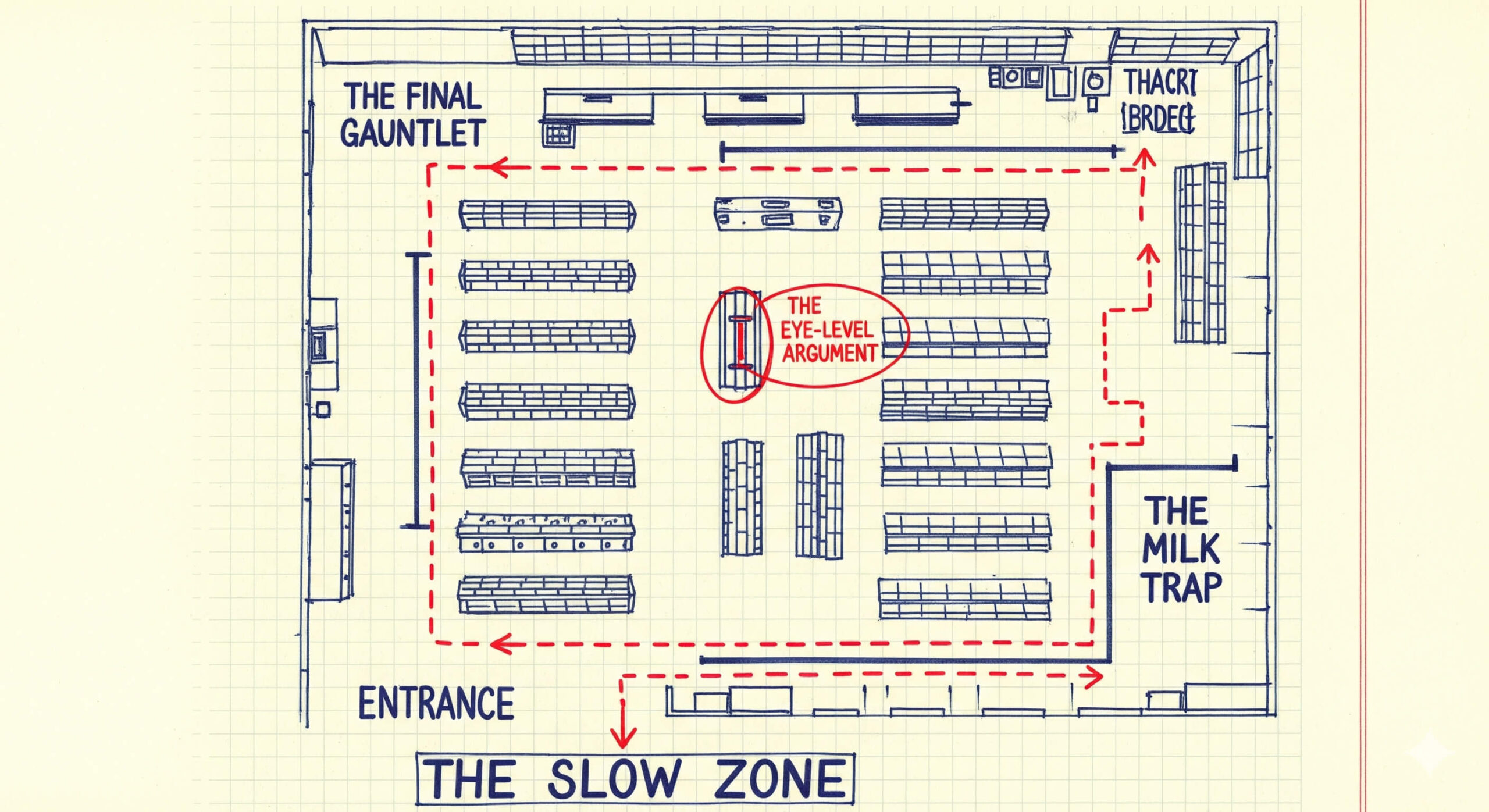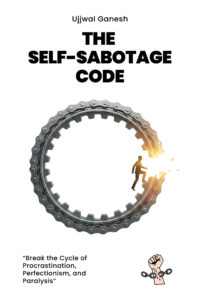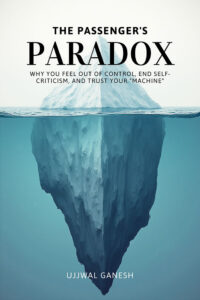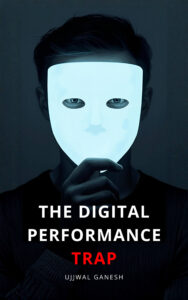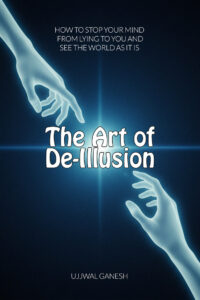For a time, Andre Agassi, one of the most talented tennis players of his generation, had an unsolvable problem. That problem was Boris Becker. The German prodigy’s serve was a thunderous, seemingly unstoppable force. It was so fast and unpredictable that it left Agassi, a master of the return game, feeling helpless and consistently on the defensive.
Agassi knew that simply practicing harder or hitting the ball with more power wasn’t the answer. Becker had him beat on that front. He realized that if he wanted to win, he couldn’t just play the same game better; he had to play a completely different game. He had to stop focusing on the ball and start focusing on the man. He had to learn to see what everyone else was missing.
What followed was a masterclass in a skill far more powerful than any forehand or backhand: the power of micro-observation. Agassi’s journey to conquer Becker’s serve is one of the greatest stories in sports, and it holds a profound lesson for anyone looking to gain an edge in their own life.
Shifting the Strategy: From Macro to Micro
Frustrated by his losses, Agassi made a critical strategic decision. As I detail in my book, The Observation Effect, he stopped just practicing and started studying. He dedicated countless hours to watching grainy VHS tapes of Becker’s matches, but he wasn’t looking for the obvious. He ignored the grand, macro-level details of strategy, footwork, and point construction.
Instead, he zoomed in. He began a deliberate, patient hunt for the smallest, most insignificant-looking details. He was searching for a “tell”—a tiny, unconscious physical tic that might betray Becker’s intention before the serve was ever struck. He was moving from the world of macro-strategy to the world of micro-observation.
He watched Becker’s pre-serve ritual hundreds, then thousands of times. He watched his toss, his grip, his stance. And then, he found it. It was something almost comically small, something no one else had ever noticed.
It was Becker’s tongue.
The Breakthrough: The Tell-Tale Tongue
Agassi discovered that just before launching into his serve, Becker had a peculiar habit with his tongue. It wasn’t always in the same place. Through painstaking observation, Agassi cracked the code:
- If Becker’s tongue stuck out from the center of his lip, the serve was likely going to be aimed out wide or down the center “T” of the service box.
- If Becker’s tongue stuck out from the corner of his mouth, the serve was almost certainly going to be aimed at Agassi’s body.
This was the key. This single, microscopic observation changed everything. It gave Agassi a precious split-second of predictive knowledge. He now knew where the 120-mph serve was going before Becker even hit it. He no longer had to guess; he just had to watch the tongue. The seemingly unsolvable problem had been solved, not with power, but with perception.
Agassi would later say he had to resist the temptation to return the serves perfectly every time, for fear of letting Becker know he’d cracked the code. He had to pretend he was still guessing, all while holding a secret that transformed their rivalry.
Defining Micro-Observation: Finding the Signal in the Noise
The story of Agassi and Becker is the perfect illustration of micro-observation. It is the practice of consciously looking for the smallest, seemingly insignificant details that reveal a larger pattern or truth.
Our brains, run by the efficiency-obsessed Ghost in Your Head, are naturally wired to see the big picture and ignore the “noise” of small details. Micro-observation is the deliberate, focused act of overriding this tendency. It’s about patiently sifting through the noise to find the one, tiny signal that matters most.
This skill is not just for athletes. It is a powerful tool in every area of life.
- In a business negotiation, it’s not the grand proposal that reveals the truth; it’s the micro-observation of a slight hesitation in your counterpart’s voice when they discuss budget, revealing their true point of friction.
- In a relationship, it’s not the big arguments that matter most; it’s the micro-observation that your partner only uses the word “fine” when they are actually upset, giving you a key to deeper understanding.
- In your own habits, it’s often a micro-trigger that sets off a chain reaction. It’s not the macro feeling of “stress” that makes you reach for your phone; it’s the specific, micro-moment of boredom that arises the instant a difficult task begins.
A Practical Guide to Training Your Micro-Observation Skills
You can train your brain to get better at spotting these tiny, game-changing details. Here are three practical exercises to get you started.
Tool #1: The “What’s Different?” Game
This is a simple exercise in spotting anomalies. Once a day, choose a familiar scene—your own desk, the kitchen counter, the view from your office window. Your only goal is to spend 60 seconds finding one tiny thing that is different from how it was yesterday. It could be a new scratch on the floor, a book that’s slightly out of place, or a different type of bird on the windowsill. This simple hunt trains your brain to move past its generic pattern-matching and actively scan for details and deviations.
Tool #2: The “Silent Movie” Micro-Workout
We’ve discussed this tool before, but here we’ll apply it specifically to micro-observation. Put on a short, dramatic TV or movie scene with the volume muted. This time, ignore the big actions and the overall plot. Your only job is to watch one specific thing:
- Just watch the characters’ hands. What are they doing when the character is lying versus telling the truth?
- Just watch the characters’ eyes. How do they change when they are feeling threatened versus feeling confident?
This is a direct training exercise in spotting non-verbal “tells.”
Tool #3: The “Tell Journal”
For one week, make it your mission to become a detective of your own life. Your goal is to identify and log one “tell” you observe each day. It could be about a colleague, a family member, or even yourself.
- “I noticed my boss only uses the phrase ‘Let’s put a pin in that’ when she has decided against an idea but doesn’t want to say so directly.”
- “I noticed my child always starts to fidget with their sleeve right before they are about to ask for something they are nervous about.”
This practice trains you to consciously look for the connection between small behaviors and larger patterns.
The Smallest Details Have the Biggest Impact
The world is constantly sending us signals, but most of them are too small and too subtle for our brains, running on autopilot, to ever notice. Agassi’s victory wasn’t magic; it was the result of a deliberate choice to ignore the overwhelming noise of the game and focus on the one, tiny signal that mattered.
The power of micro-observation is the power to zoom in, to find the tell that unlocks the puzzle, and to gain an advantage that seems like an impossible intuition to everyone else.
This is one of the most powerful skills you can cultivate. To get the complete field guide for training your brain to see the microscopic details that can change everything, you can explore the full collection of techniques and frameworks in my book, The Observation Effect.

